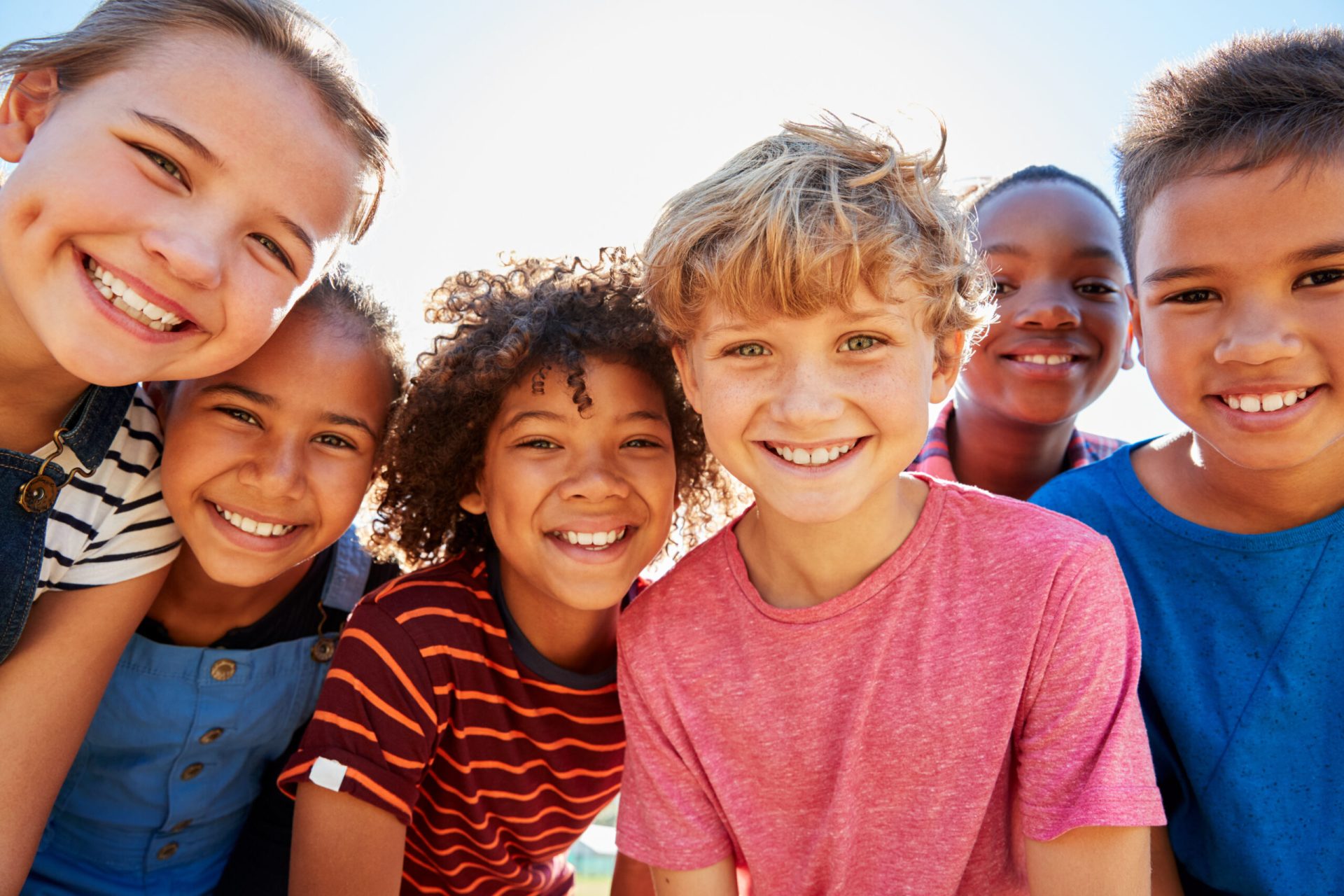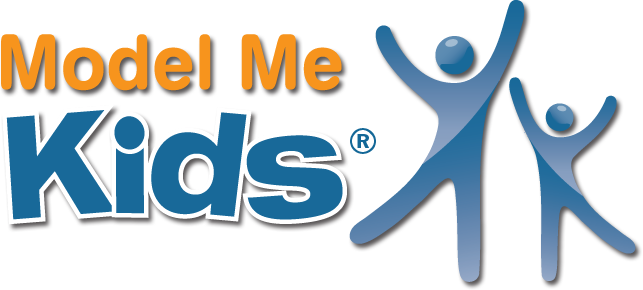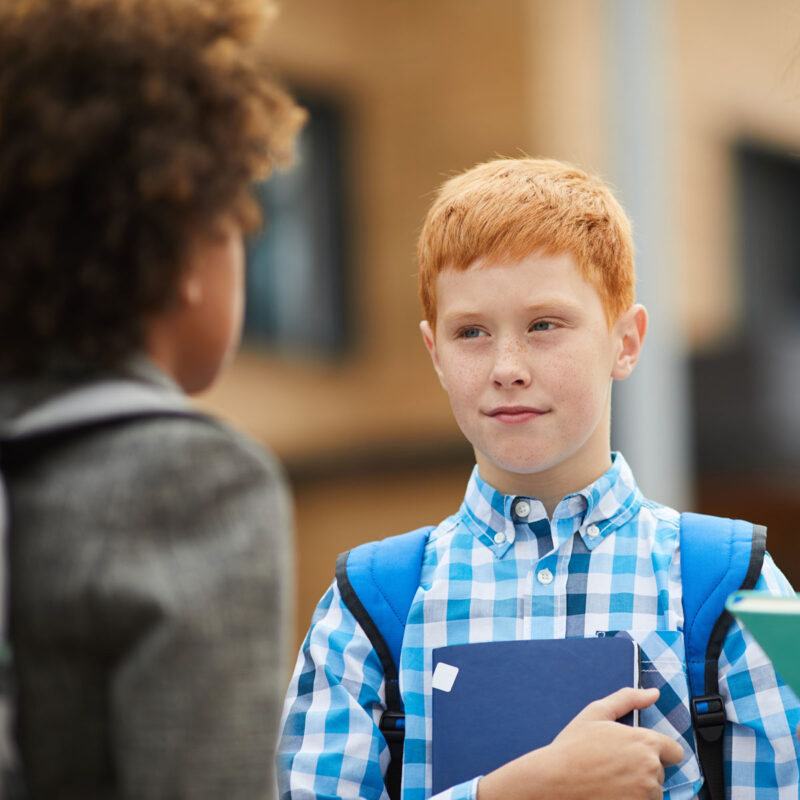
Autism Spectrum Disorder
Social Skills
Social skills lessons aim to teach and reinforce essential skills that are essential for successful social engagement and communication. Here are several reasons why social skills lesson plans are important for students with Autism:
Core Challenges in ASD: Individuals with ASD often exhibit challenges in social communication and interaction. They may struggle with understanding nonverbal cues, interpreting facial expressions, and grasping the subtleties of social situations. Social skills lessons can provide explicit instruction and practice in these areas.
Enhancing Communication: Social skills lessons help students with ASD develop effective verbal and nonverbal communication skills. This includes teaching them how to initiate and maintain conversations, ask for help, express emotions, and understand the perspective of others.
Building Friendships: Social skills are crucial for building and maintaining friendships. By explicitly teaching social skills, students with ASD can improve their ability to make connections with peers, leading to more positive social experiences.
Reducing Social Anxiety: Social situations can be anxiety-provoking for individuals with ASD. Social skills lessons can help alleviate anxiety by providing a structured and supportive environment for learning and practicing social interactions.
Increasing Independence: As students with Autism develop stronger social skills, they may become more independent in various social settings. This independence is crucial for their overall well-being and success in school, employment, and community activities.
Sequence
Social Activities
- Watch the video chapter “Say Hello”.
- Say hello to each student one by one and prompt (as needed) turn your body, look, say hello.
- Once a student is able greet in response to an adult’s greeting, pair students for practice with eachother. Seat students close to eachother and oriented toward eachother at first. Prompt non-responding student to initiate greeting.
- Over time and as students are successful in performing the targetted social skills, ie, responding appropriately, move students further apart or have one approach the other.
- Introduce novel situations such as greeting at the door and greeting at locations outside the classroom as students master the skill.
Additional Resources
For additional resources to help in creating social skills lesson plans for children Autism using the videos, visit Laura Candler’s Teaching Resources.
See also the free curriculum area for worksheets and activities.
Lesson Plan (Sample)
Say Hello
Training Objective
The student will be able to say “hello” appropriately in response to a greeting.
Materials
Time for School™ Video and Photo CD-Rom
Introduction
Print for each student the storyboard “say hello” which may be found on the photo CD-Rom accompanying the video. The storyboard illustrates with photos from the video and text the three parts of an appropriate greeting: Turn Your Body, Look, Say Hello.
Transition
We are going to say hello when someone says hello to us.

